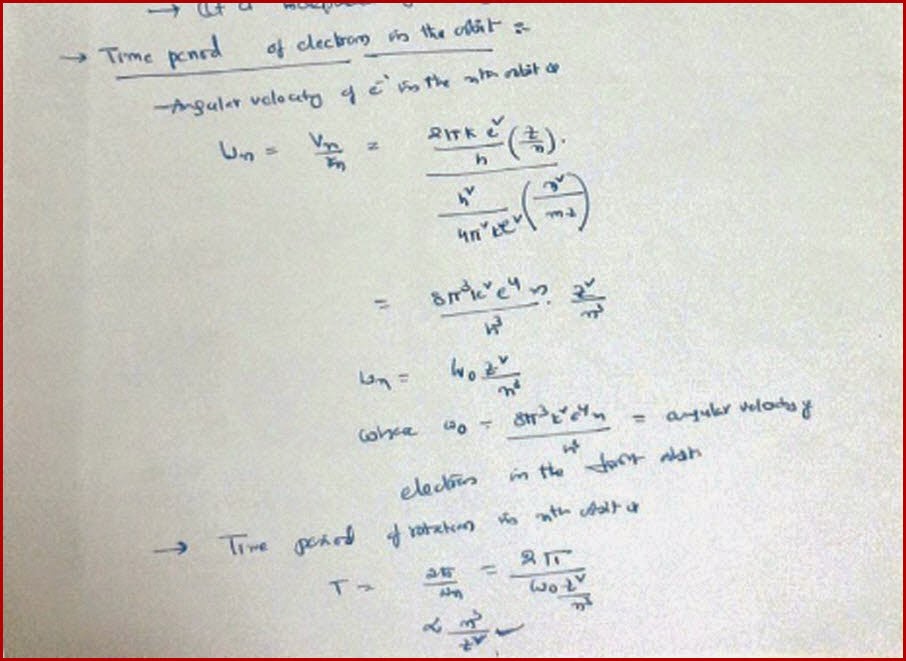

The motion equations represent a complete set of equations for constant acceleration motion, but in certain types of problems, intermediate results must be calculated before proceeding to the final calculation. It is intended to be an exploration exercise, and may not conveniently solve all problems. In the example motion calculation, some assumptions are made about the calculation order. If it does not behave the way you expect, see the comments on the calculation. After you have edited any box of motion data, click on the text or symbol for the quantity you wish to calculate. It is assumed that x=0 at t=0 and that the motion is being examined at time t. These motion equations apply only in the case of constant acceleration.

If the acceleration or time is changed, then the distance is allowed to change. If the average velocity is directly changed, the final velocity is adjusted for consistency. The data in the boxes may be changed, and the calculation will be done when you click outside the box, subject to the constraints described. Motion Example Initial velocity = m/s, Final velocity = m/s Distance traveled x = m In this example, the items labeled on the diagram are considered primary: if one of them is changed, the others remain the same. In this version, the final velocity is allowed to change. Changing average velocity, acceleration or time will force a change in at least one of the original quantities. m = m/s * s = ( m/s + m/s) * time/2įorms of Motion Equations Alternate derivation using calculus Make only one substitution at a time and click the desired quantity - then you can repeat with other substitutions. A basic type of calculation may be explored here by substituting numbers and then clicking on the bold text of the quantity you wish to calculate. Perhaps the most intuitive relationship is that average velocity is equal to distance divided by time:ĭistance, Average Velocity and Time The case of motion in one dimension (one direction) is a good starting point for the description of motion. Graphing one-dimensional motionĭistance, Average Velocity and Time The case of motion in one dimension (one direction) is a good starting point for the description of motion.

Click on any of the equations for an example. Equation 4 is obtained by a combination of the others. If the acceleration is constant, then equations 1,2 and 3 represent a complete description of the motion. The average velocity and average acceleration are defined by the relationships:Ī bar above any quantity indicates that it is the average value of that quantity. Velocity is the rate of change of displacement and the acceleration is the rate of change of velocity. Description of Motion in One Dimension Motion is described in terms of displacement (x), time (t), velocity (v), and acceleration (a).


 0 kommentar(er)
0 kommentar(er)
